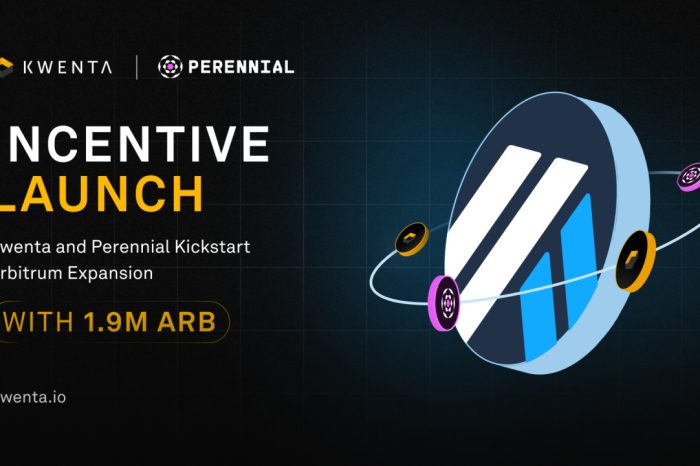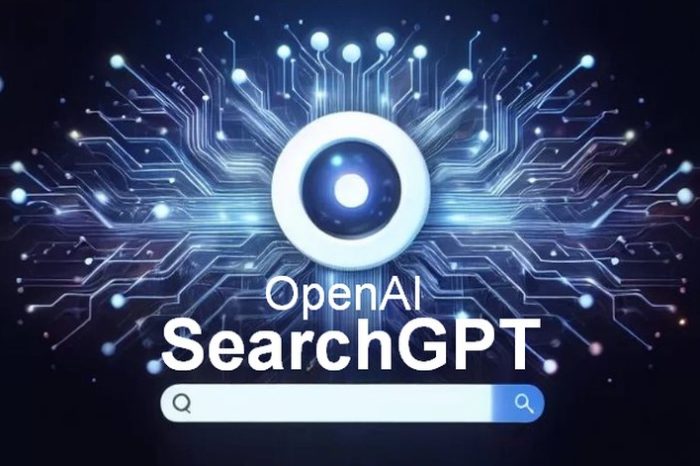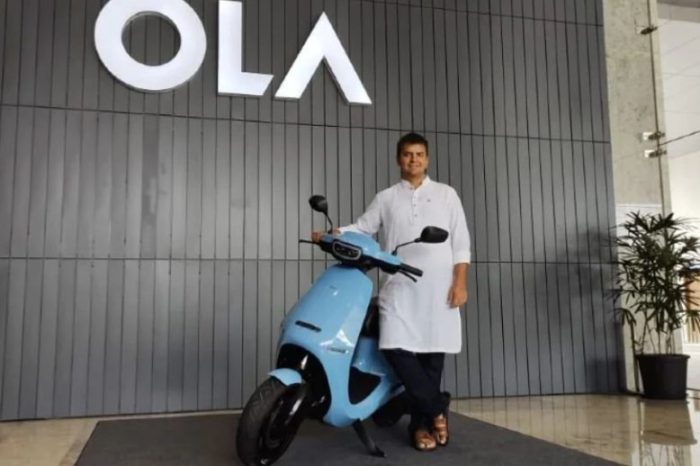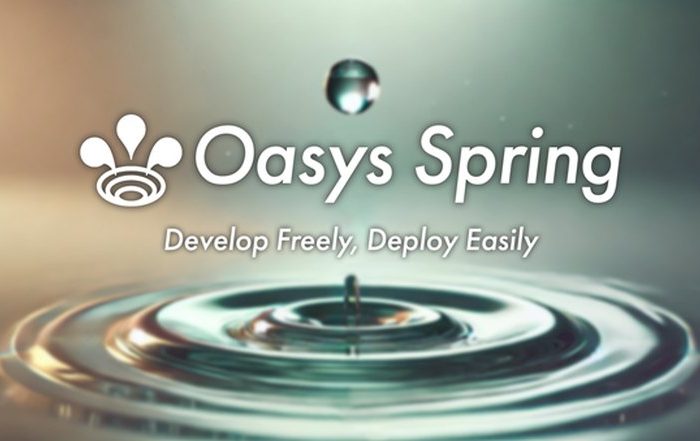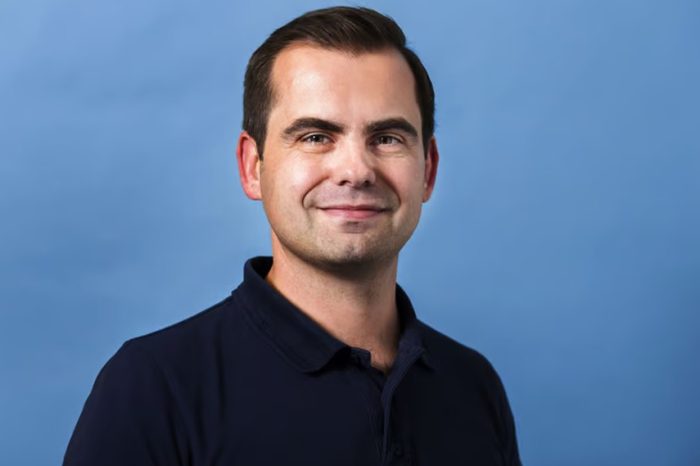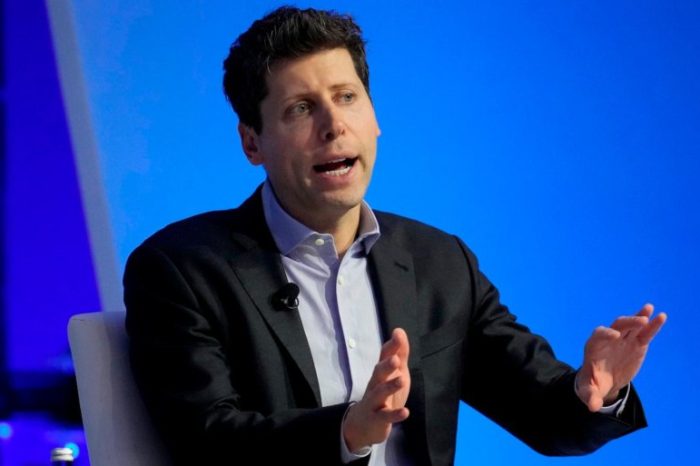A robot is an automatically guided machine which is able to do tasks on its own, almost always due to electronically-programmed instructions. The word can refer to both physical and virtual software agents, but the latter are usually referred to as bots. There is no consensus on which machines qualify as robots but there is general agreement among experts, and the public, that they tend to do some or all of the following: move around, operate a mechanical limb, sense and manipulate their environment, and exhibit intelligent behaviour – especially behaviour which mimics humans or other animals. Robotic science will change the world…
As they become more advanced, eventually there may be a standard computer operating system designed mainly for them. Robot Operating System (ROS) is an open-source set of programs being developed at Stanford University, the Massachusetts Institute of Technology and the Technical University of Munich, Germany, among others. ROS provides ways to program their navigation and limbs regardless of the specific hardware involved. It also provides high-level commands for items like image recognition and even opening doors. When ROS boots up on a robot’s computer, it would obtain data on attributes such as the length and movement of its limbs. It would relay this data to higher-level algorithms. Microsoft is also developing a “Windows for robots” system with its Robotics Developer Studio, which has been available since 2007.
They are designed in various shapes and sizes. Humanoid, modular, educational and sports robots are only a few different types. Lara is the first female humanoid robot with artificial muscles instead of electric motors. Modular robots can be built from standard building blocks that can be combined in different ways. RoboCup and TOPIO are examples of sports robots. Caterpillar plans to develop remote controlled machines and expects to develop fully autonomous heavy robots by 2021. Some cranes already are remote controlled. Robots such as HOSPI are used as couriers in hospitals, etc. Other hospital tasks performed by them are receptionists, guides and porters. They can serve as waiters and cooks.
Today’s market is not fully mature. One or more software compatibility layers have yet to emerge to allow the development of a rich robotics ecosystem (similar to today’s personal computers one). Microsoft is currently working in this direction with its new software Microsoft Robotics Studio. Other candidates to reach this goal might be Free Software solutions such as Player/Stage or cross-platform technologies such as URBI.
A robotic timeline predicts that every South Korean household will have a robot and many European in 2015-2020. In 2018 they will routinely carry out surgery. 2022 – Intelligent ones that sense their environment, make decisions, and learn are used in 30% of households and organizations. 2030 – They will be capable of performing at human level at most manual jobs. They will perform most household tasks in 2034. 2015 – one third of US fighting strength will be composed of robots. 2035 – First completely autonomous robot soldiers in operation. 2038 – First completely autonomous robot flying car. 2013-2017 – robots that care for the elderly will be manufactured.
Robotic science will certainly change the world. Almost everything will be done by robots in the future. We only hope that robots never grow powerful enough to threaten human people. Robots will only facilitate human lives.





